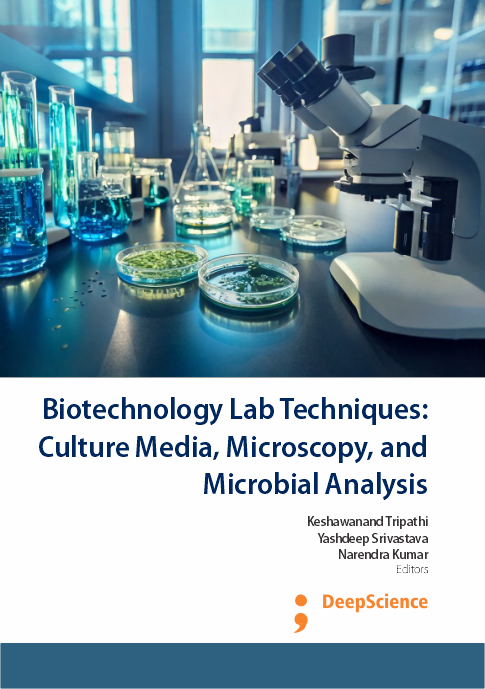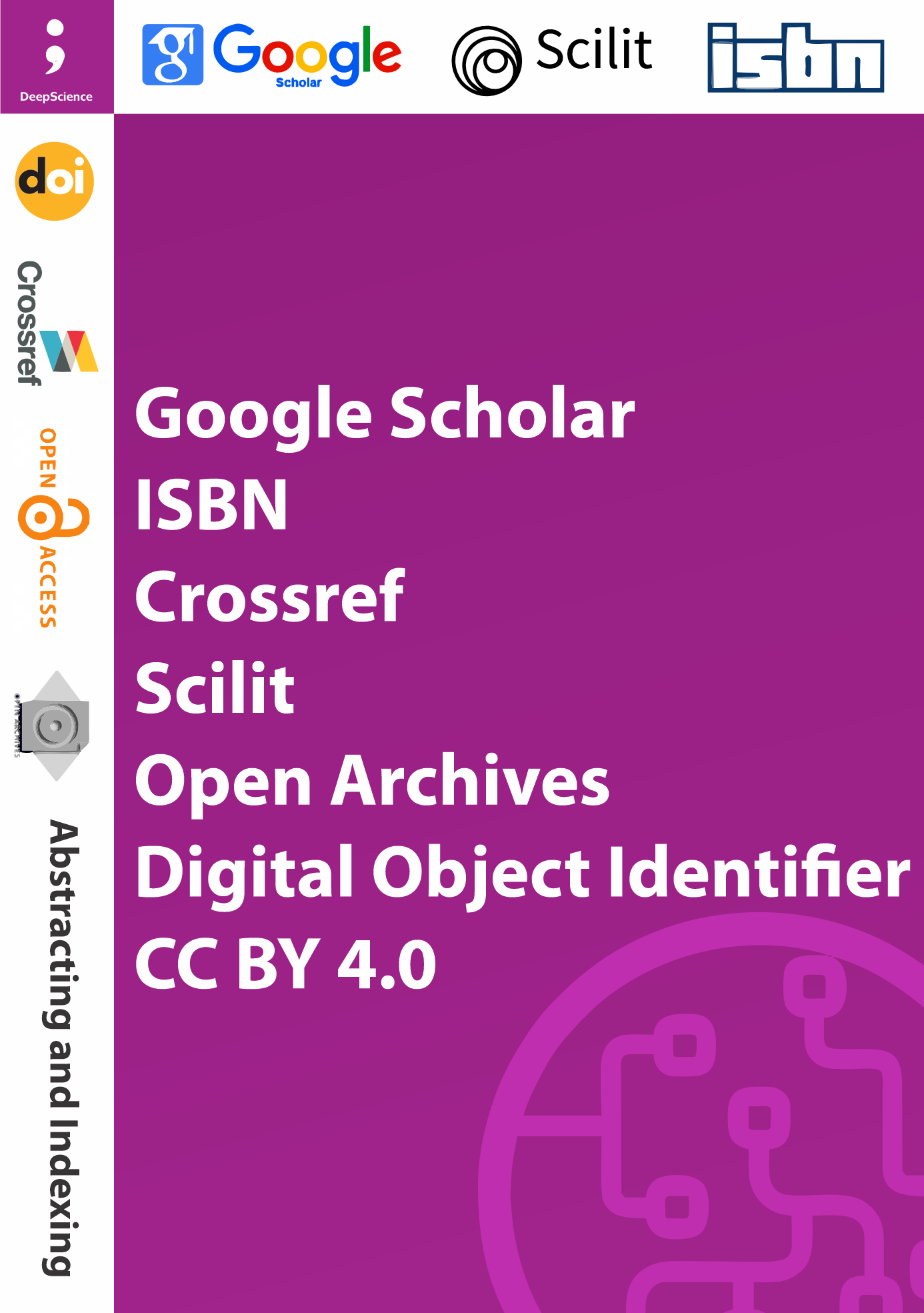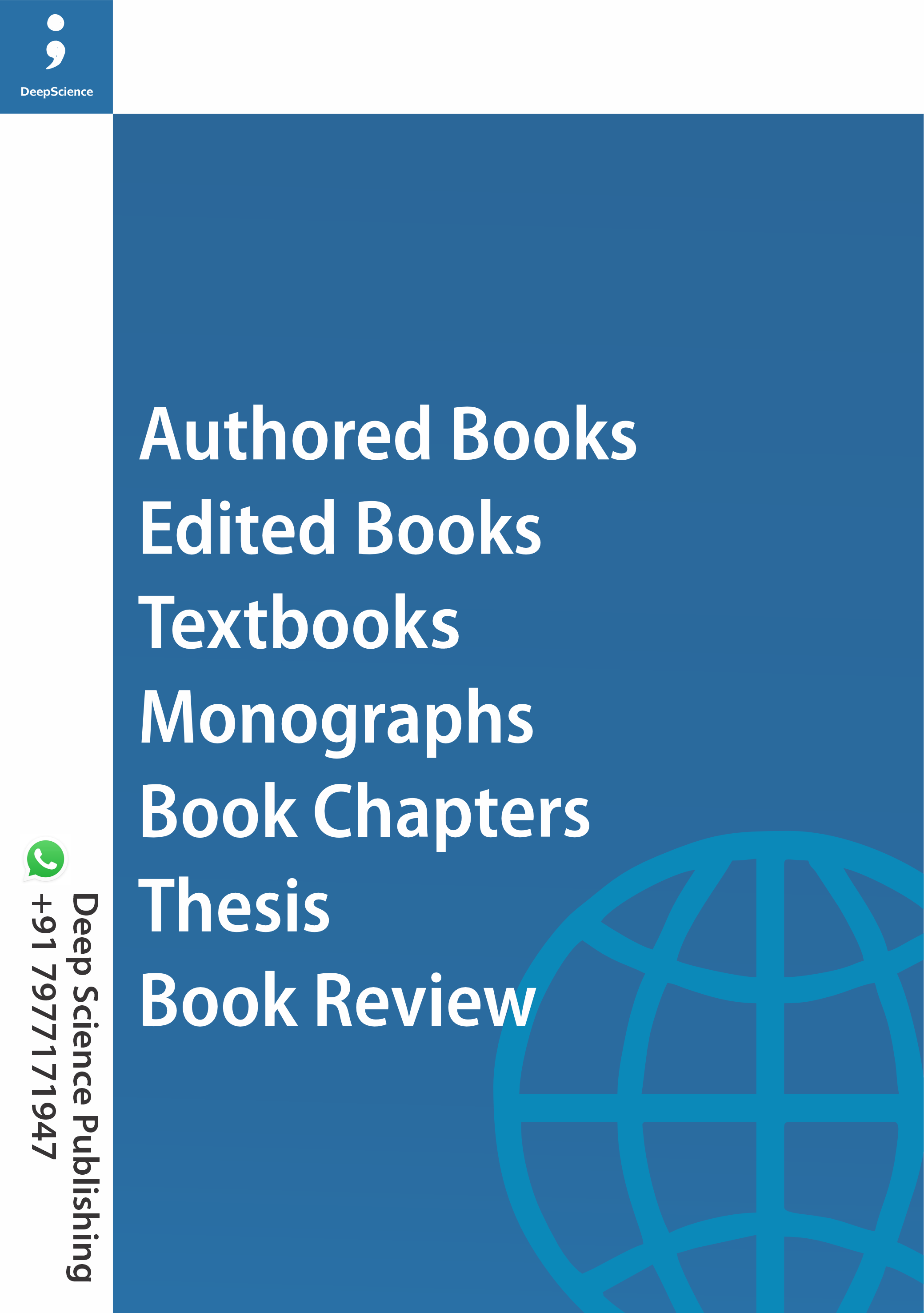Techniques for isolation of pure microbial colonies: Principles, methods, and applications
Synopsis
Microbial isolation through plating is a fundamental method in microbiology, crucial for obtaining pure cultures of microorganisms from complex samples. This technique involves spreading or streaking a sample onto the surface of an agar plate, where the solid medium provides an ideal environment for microbial growth (Atlas, 2010; Tripathi et al 2013a, b).
Key Steps:
- Nutrient Agar Plate Preparation: The process commences with the preparation of agar plates. Agar, derived from seaweed, forms a gel-like solid medium suitable for bacterial growth. Nutrient agar, offering essential nutrients, is commonly utilized.
- Inoculation: A minute quantity of the amalgamated bacterial culture is uniformly distributed over the surface of the agar plate using aseptic procedures. This can be achieved using a sterile inoculating loop or spreader.
- Sterilization: To prevent cross-contamination and ensure only the bacteria from the original inoculum are spread, the inoculating loop or spreader is sterilized between each streaking motion by passing it through a flame.
- Incubation: After being inoculated, the agar plates are placed in an incubator at the ideal temperature for the target bacteria to thrive. The incubation settings differ depending on the particular bacterial species being studied.
- Colony Formation: As bacteria multiply, they form discernible colonies on the surface of the agar plate. Every colony is derived from a solitary bacterial cell or a small group of similar cells found in the initial inoculum.
- Isolation and Enumeration: The spread plate technique facilitates the isolation of individual bacterial colonies. By appropriately diluting the original sample before spreading, researchers ensure each colony originates from a single bacterial cell, simplifying subsequent analysis. Moreover, counting the colonies enables estimation of the viable bacterial population in the original sample, providing valuable insights into microbial load.
Downloads
Published
13 April 2025
Copyright (c) 2025 Keshawanand Tripathi; Yashdeep Srivastava, Narendra Kumar
How to Cite
Kumar, N. ., Tripathi, K. ., & Srivastava, Y. . (2025). Techniques for isolation of pure microbial colonies: Principles, methods, and applications. In K. . Tripathi, Y. . Srivastava, & N. . Kumar (Eds.), Biotechnology Lab Techniques: Culture Media, Microscopy, and Microbial Analysis (pp. 36-42). Deep Science Publishing. https://doi.org/10.70593/978-93-49307-52-0_4
Download Citation














